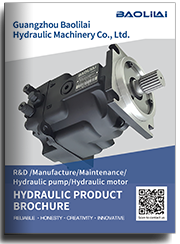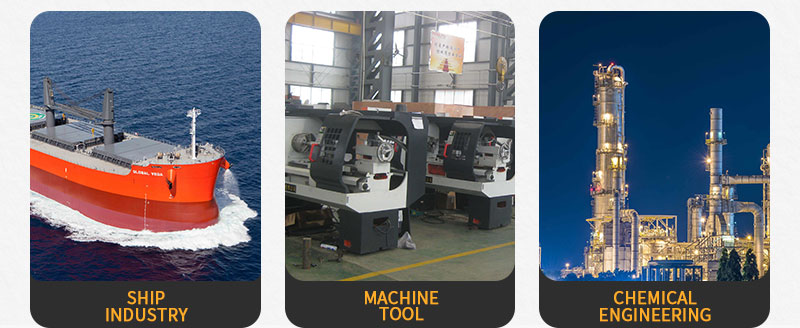ERR100BBS3020NNF3S1N1A1NNNNNNNNNN hydraulic oil pump
ERR100BBS3020NNF3S1N1A1NNNNNNNNNN hydraulic oil pump

- Product Details
- Applicable Scene
Leakage in hydraulic circuits is also a prevalent issue that can affect pump performance. Even minor leaks can lead to a significant loss of efficiency and increased energy consumption. Conduct regular inspections of the entire hydraulic system, including hoses, fittings, and connections, to identify and rectify leaks promptly. Implementing a robust preventive maintenance program can help detect issues before they escalate.
ER-R-100B-BS-30-20-NN-F-3-S1N1-A1N-NNN-NNN-NNN
ERR100BBS3020NNF3S1N1A1NNNNNNNNNN
System contamination is a further challenge that can derail hydraulic pump performance. Contaminants such as dirt, water, or particulate matter can enter the hydraulic system and lead to pump wear and system failures. To combat this, incorporate effective filtration systems and regularly change filters according to the manufacturer’s recommendations. Additionally, ensure that all maintenance procedures are performed in a clean environment to minimize the risk of introducing contaminants.

83058832
Finally, it’s essential to monitor the overall health of the hydraulic system continuously. Utilize diagnostic tools such as pressure gauges, flow meters, and temperature sensors to gather data on pump performance. Analyzing this data can help identify trends and potential issues before they develop into significant problems.
In conclusion, addressing hydraulic pump performance issues in high-flow applications requires a multifaceted approach. By focusing on aspects such as cavitation prevention, viscosity management, proper pump sizing, leakage control, contamination reduction, and continuous monitoring, you can significantly enhance pump performance and prolong the life of your hydraulic systems. Implementing these strategies will lead to improved efficiency, reduced downtime, and lower operational costs in the long run.





